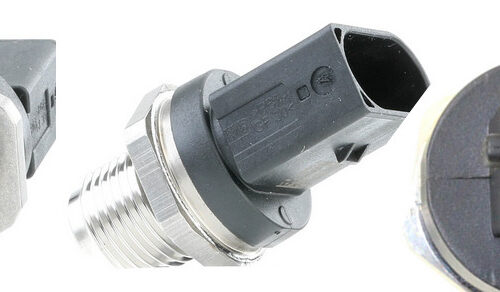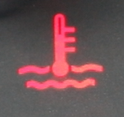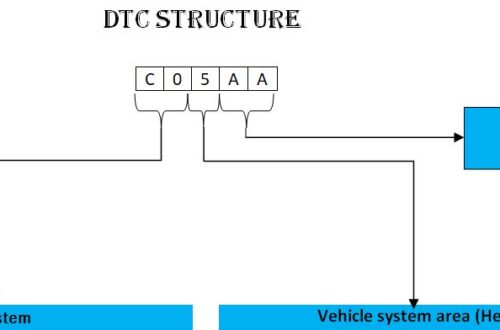
1 simplified procedure to diagnose Blow-by
In internal combustion engines, blow-by is known as the phenomenon related to the escaping of the exhaust gas from the combustion chamber to the crankcase. An ideal sealing does not exist and the blow-by is considered as normal, if it does not exceed a certain flow value. However, after reaching a certain level, it can indicate a wear of the piston rings and maybe also a wear of the liners.
Contents
Blow-by symptoms and associated cascade failures
This symptom appears usually at the same time with other symptoms, like the increase of oil consumption and low performance (reduced available torque). The blue smoke is, by default, the symptom of the oil consumption. Hence, this symptom could also be noticed simultaneously with an elevated blow-by rate. As a consequence, the engine ECU, can show some faults (DTC) related to inappropriate crankcase pressure (like P053E) and maybe also faults related to the torque/pollution control. In some extreme cases, an elevated blow-by rate can result in an explosion of the crankcase, if the problem is associated with a clogging in the crankcase ventilation system.
Diagnose easily a blow-by problem
The first idea that can come in mind, since where are speaking about flow, is to measure it or at least using another measurement that can give us an indication about it, like for example the crankcase pressure. Then compare this value to the nominal value given by the manufacturer at the specified speed and torque. However, this direct method is not the most appropriate and can cause high costs.
As already mentioned, the increase of the blow-by rate, is a symptom and does not constitute a failure in its self. The failure is actually, a wear of the piston rings, which is maybe associated with a wear of the liners. In general, to verify that you have worn piston-rings/liners, you have to confirm the presence of the following symptoms:
- loss in power rate
- increased oil consumption
- blue smoke
- increased blow-by rate (to be checked only in case where a crankcase pressure sensor is already installed by the manufacturer and the measurement is available for reading at the ECU side). The pressure is sensitive to clogging and temperature, so interpretation should take these elements in consideration.
Once, these symptoms are confirmed, you need to make a compression check. This test is actually the sole certification allowing you to know if the rings/liners are worn.
Solution for blow-by symptoms
Depending to the severity of the rings/liners wear, there are two ways to treat this problem. In case, where the wear is pronounced, you need actually to change the rings and the liners. However, if the wear is not pronounced, you can maybe delay the engine rebuild (the replacement of the rings/liners) by testing some products, that you can find in the market, which allow to reduce the carbon deposit and actually to clean the engine:
USA
The people who tested the products seem to be satisfied, please check by yourself, if this type of product can be a solution for you.
Avoid blow-by, is that possible?
Aside from respecting the regular maintenance intervals, there is actually no proven way to avoid this problem. The wear of the elements in movement is a normal phenomenon, which happens with aging. However, some problems can accelerate the process. Actually, problem in the injection/air system should be taken seriously, because they have a direct impact on the combustion. A bad combustion can affect directly the rings, either by the temperature/pressure change or the production of combustion residuals (soot) or by altering the lubrication (case of fuel leakage).
The combustion can also affect the rings indirectly, by polluting the oil. The oil change has the role to clean the engine by draining away the residuals of wear and combustion. So as already stated, respecting the regular maintenance intervals is primordial, to avoid premature wear of the elements in movement.






